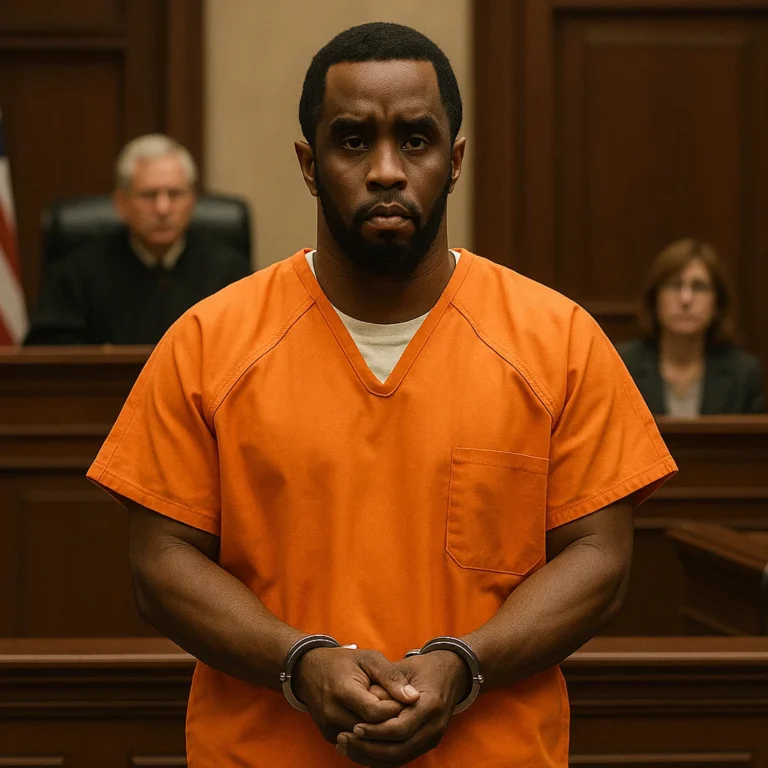You Won’t Believe Who Just Became “Artist of the Century” — Bad Bunny Snags Top Honor at Latin Billboard Awards in Jaw-Dropping Moment!… – hghghg
It was one of those nights that redefines an entire era of music — a night that forces even the most cynical industry insiders to stop, breathe, and admit they just witnessed history. When Bad Bunny was announced as “Artist of the Century” at the Latin Billboard Awards, the shockwaves went far beyond the stage. In that split second, when the cameras cut to Benito’s stunned face, it felt like the cultural universe tilted slightly — as if Latin music itself had been reborn in front of millions.
The title — “Artist of the Century” — is not one the Billboard organization hands out lightly. It’s not just about sales, streams, or fan votes; it’s a declaration of legacy, of impact, of a name that altered the DNA of music itself. And as the crowd erupted, the message was clear: Bad Bunny isn’t just the sound of the moment. He is the sound of the century.
A Revolution Wrapped in Rhythm
To understand why this moment feels so seismic, you have to rewind. Before the sold-out stadiums, the viral tours, and the record-shattering streams, there was Benito Antonio Martínez Ocasio — a grocery store bagger in Vega Baja, Puerto Rico, uploading homemade tracks to SoundCloud. He was invisible to the global music machine but unstoppable in spirit.
From the very beginning, Bad Bunny wasn’t chasing fame — he was chasing authenticity. In an industry that often pushed Latin artists to conform, he did the opposite. He refused to sing in English. He blurred lines between genres, genders, and generations. He rapped, crooned, screamed, and whispered — and somehow, it all worked.
“I never wanted to sound perfect,” he once told Rolling Stone. “I wanted to sound like myself.”
That statement became a manifesto, not just for him but for an entire generation of listeners who felt seen for the first time.
Why the Award Matters — Beyond Music
The “Artist of the Century” honor carries symbolic weight. It means dominance not just in the charts but in culture. It recognizes an artist who redefines what it means to be Latin in a globalized, interconnected world.
Bad Bunny’s triumph isn’t just his; it’s a mirror of a broader movement — the rise of Latin identity from the margins to the center of global consciousness.
For decades, Latin music was boxed in — exoticized, simplified, or confined to niche genres. But with Bad Bunny, that narrative shattered. He didn’t cross over to the mainstream; he dragged the mainstream into his world. Spanish became the new language of pop rebellion.
And the numbers? They’re almost absurd:

- Over 23 billion global streams, more than any other artist in Spotify history.
- Three Grammys, nine Latin Grammys, and dozens of Billboard awards.
- World tours grossing more than $400 million — surpassing even pop juggernauts like Taylor Swift and Ed Sheeran during certain quarters.
But beyond stats, the impact runs deeper. He gave voice to a youth generation tired of stereotypes, unafraid of fluidity, and proud of their cultural roots.
Bad Bunny: The Unlikely Prophet of Modern Latinidad
In the pantheon of Latin music legends — from Celia Cruz to Daddy Yankee — Bad Bunny stands out not because he fits in, but because he doesn’t. He’s not the smooth lover archetype. He’s raw, messy, and gloriously unpredictable.
He wears skirts one day and sings about heartbreak the next. He shows up at wrestling matches, drops a politically charged single, then headlines Coachella in the same month.
Each choice is both artistic and political. Every move says: Latin identity cannot be contained.
Cultural critic Mariana González wrote in El País:
“Bad Bunny is not a product of globalization — he’s a rebellion against it. He’s what happens when the global industry has to learn Spanish.”
Indeed, he became the first artist to top the global charts without releasing a single English song. That’s not a statistic; it’s a paradigm shift.
The Night Everything Changed
At the Latin Billboard Awards, presenter Shakira’s voice trembled with excitement as she read the winner’s name. The audience froze — then erupted. The camera caught Bad Bunny in disbelief, blinking behind diamond-studded sunglasses, his expression oscillating between humility and awe.
Online art courses

When he finally took the stage, he didn’t deliver a rehearsed speech. Instead, he spoke with the raw emotion that made him who he is:
“This isn’t just about me. This is about the people who never felt they belonged. The loud kids, the brown kids, the kids who loved music more than rules. This century belongs to us.”
It was more than an acceptance speech; it was a declaration — that art belongs to those who dare to be different.
A New Kind of Stardom
Bad Bunny’s rise marks the death of the manufactured pop star. He isn’t carefully curated by a label or PR team — he curates himself. His Instagram stories, filled with unfiltered rants and moments of vulnerability, are as influential as his albums. His fashion choices — from painted nails to skirts and oversized coats — challenge hypermasculine norms within reggaetón.
He’s not a distant celebrity; he’s a cultural architect. His artistry fuses music, activism, and aesthetics into something larger — something almost mythic.
He doesn’t perform for an audience; he creates a world where the audience already belongs.
That’s why his concerts feel less like performances and more like revolutions — filled with flags, tears, and screams. His fans don’t just admire him; they identify with him.
Criticism, Controversy, and the Price of Power
But greatness never comes without resistance. For every headline celebrating Bad Bunny as a visionary, there’s another accusing him of arrogance or excess. Critics argue he’s overexposed, that his lyrics are sometimes crude, his message contradictory.
And yet, that’s precisely what makes him compelling — the refusal to be perfect.
When he threw a fan’s phone into the water last year, social media erupted with backlash. Within hours, he posted a simple line: “Respect my space.” It wasn’t an apology — it was a reminder that even the most adored figures are human.
That authenticity — the messy, unfiltered humanity — is what keeps him real in a world obsessed with image.
The Debate: Too Soon for “Artist of the Century”?
Not everyone agreed with the decision. Some critics argued it’s premature to call anyone the “Artist of the Century” just 25 years into it. After all, music evolves — and legacies take decades to crystallize.
But in a way, that’s the point. The award isn’t about predicting the next 75 years; it’s about recognizing the seismic cultural force that defines this moment.
And right now, there’s no one shaping global sound and identity more profoundly than Bad Bunny.

“He turned reggaetón into the new rock and roll,” music journalist Jon Pareles wrote in The New York Times. “He made rebellion cool again — and did it in Spanish.”
Beyond Music: The Artist as Symbol
Bad Bunny’s importance extends far beyond his melodies. He’s become a symbol of resistance, pride, and transformation.
He’s spoken out against corruption in Puerto Rico, championed LGBTQ+ visibility, and used his platform to highlight violence against women. In a genre often criticized for machismo, he’s dismantled toxic masculinity one outfit — and one lyric — at a time.
His activism isn’t performative; it’s personal. During protests in San Juan, he marched alongside ordinary citizens, not behind security guards. His message is clear: fame doesn’t detach you from your roots — it magnifies your responsibility to them.
The Future of an Icon
After the ceremony, whispers spread across the internet: a new album might be on the horizon. Insiders hint it could be his most ambitious yet — an experimental mix of Latin trap, indie rock, and Afro-Caribbean rhythms.
He’s also rumored to be working on a major film project with Netflix, further expanding his creative empire. Yet despite his global reach, Bad Bunny insists he’s still “that same kid from Vega Baja,” just with a louder microphone.
“I don’t know what comes next,” he told Billboard backstage. “But I know I’ll keep doing it my way.”
Final Reflection: The Soundtrack of a Century
So, is Bad Bunny truly the Artist of the Century? Perhaps. But maybe the question misses the point. The title isn’t just an award — it’s a recognition of a transformation.
Bad Bunny didn’t just conquer charts; he rewired the very structure of pop culture. He made Latin identity universal, turned defiance into art, and taught millions to find pride in what once made them different.
He’s a rebel, a poet, a mirror. And for millions across the world — from the barrios of San Juan to the streets of Tokyo — he represents freedom.
When he lifted that golden trophy under the blinding lights of the Latin Billboard stage, it wasn’t just a personal victory. It was the moment a generation saw itself reflected — loud, unapologetic, and unstoppable.
Because the century doesn’t belong to the old gatekeepers anymore.
It belongs to Bad Bunny — and everyone who dares to be themselves.






